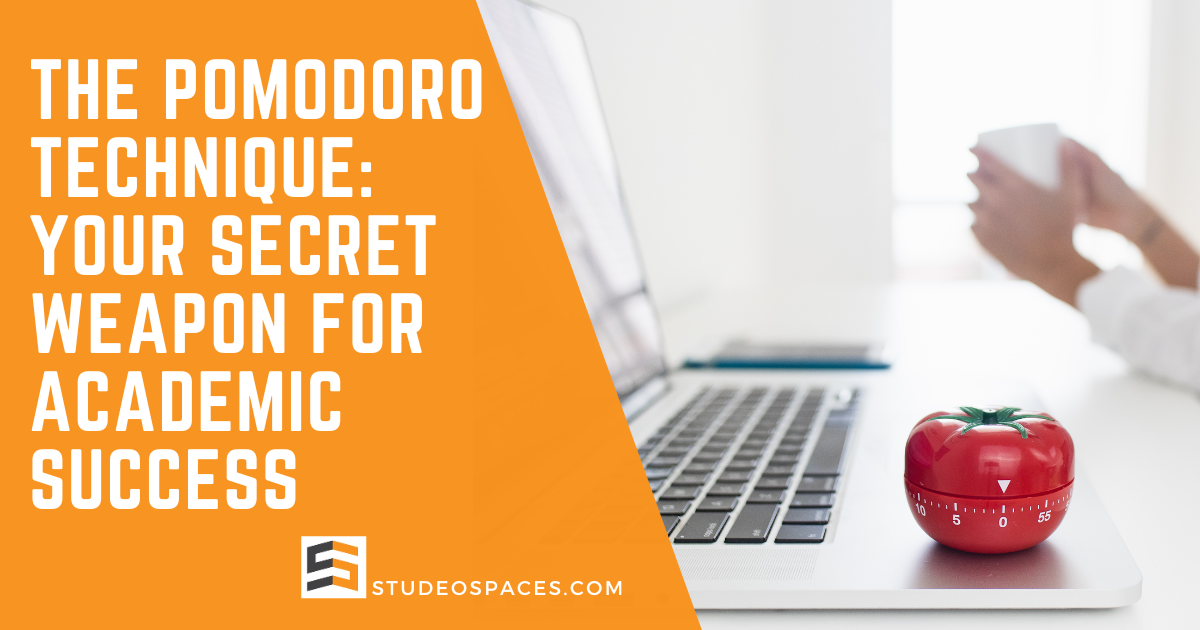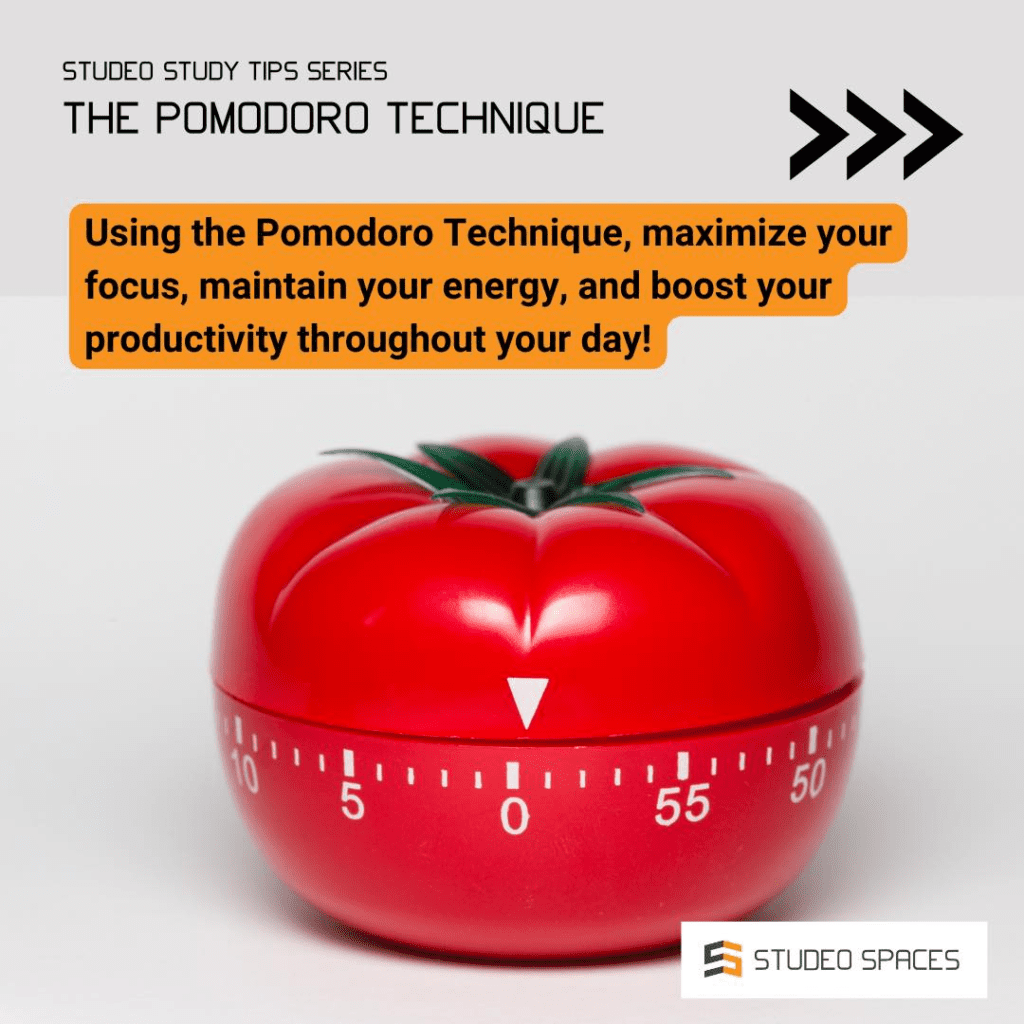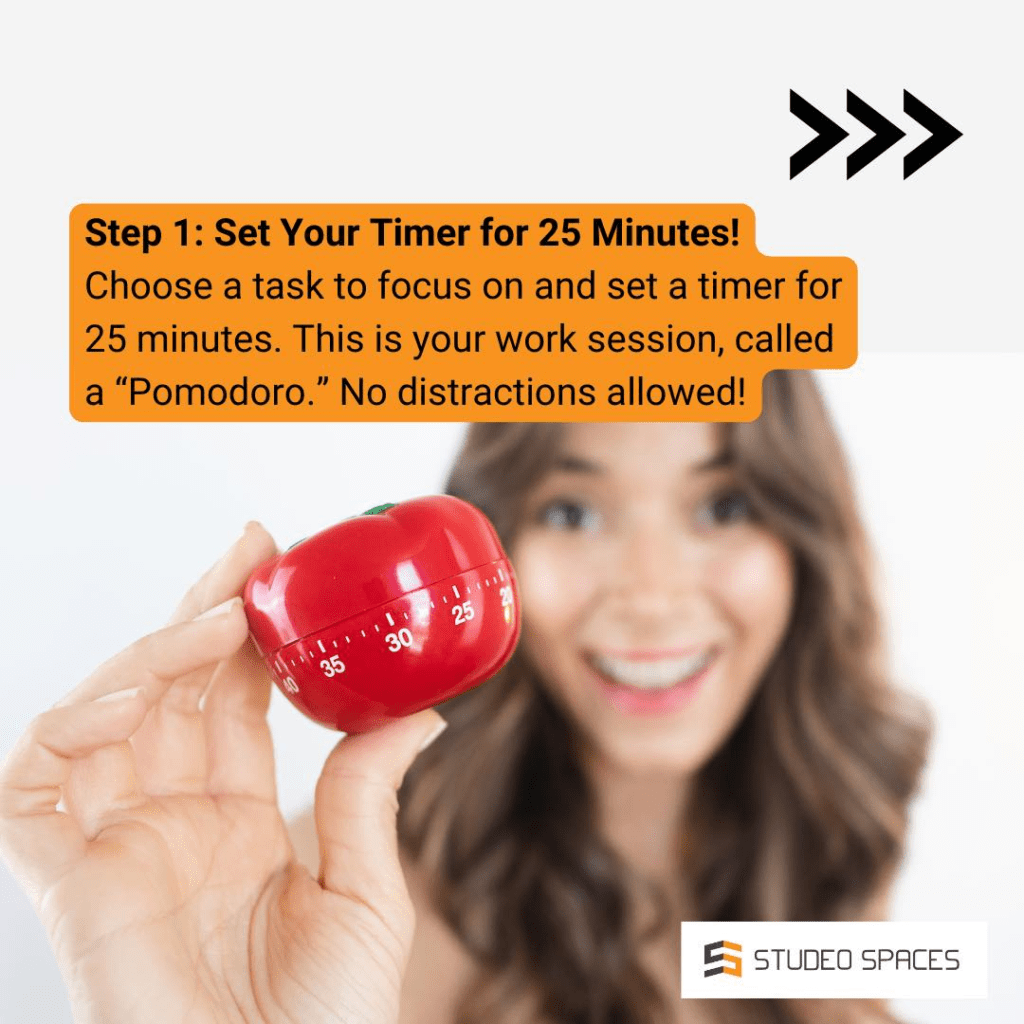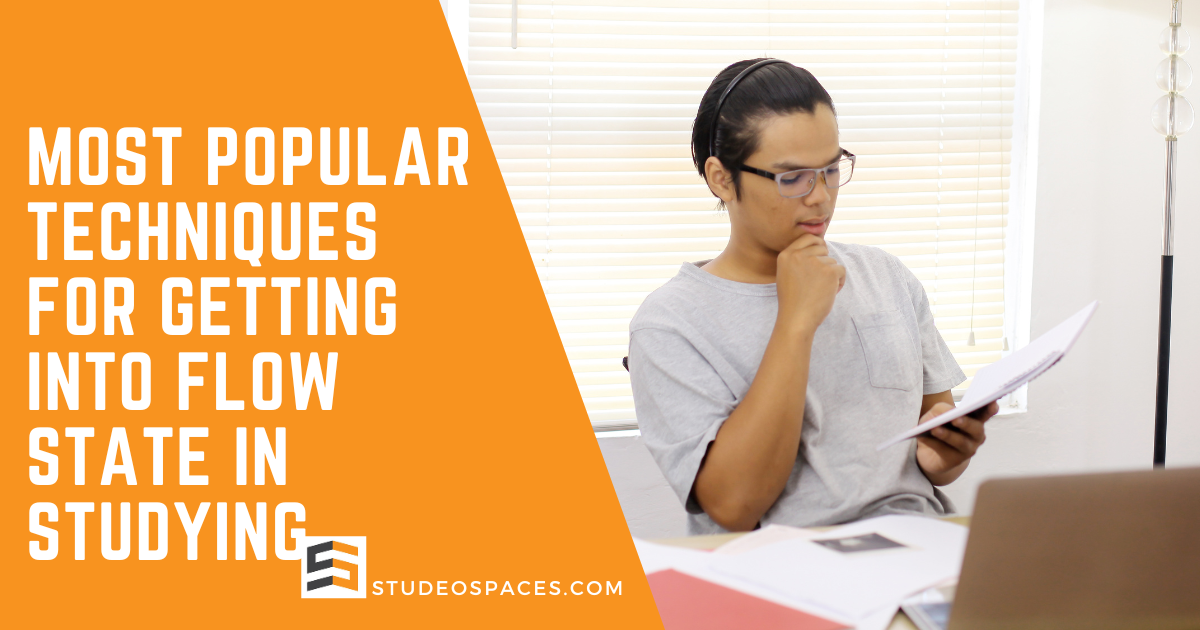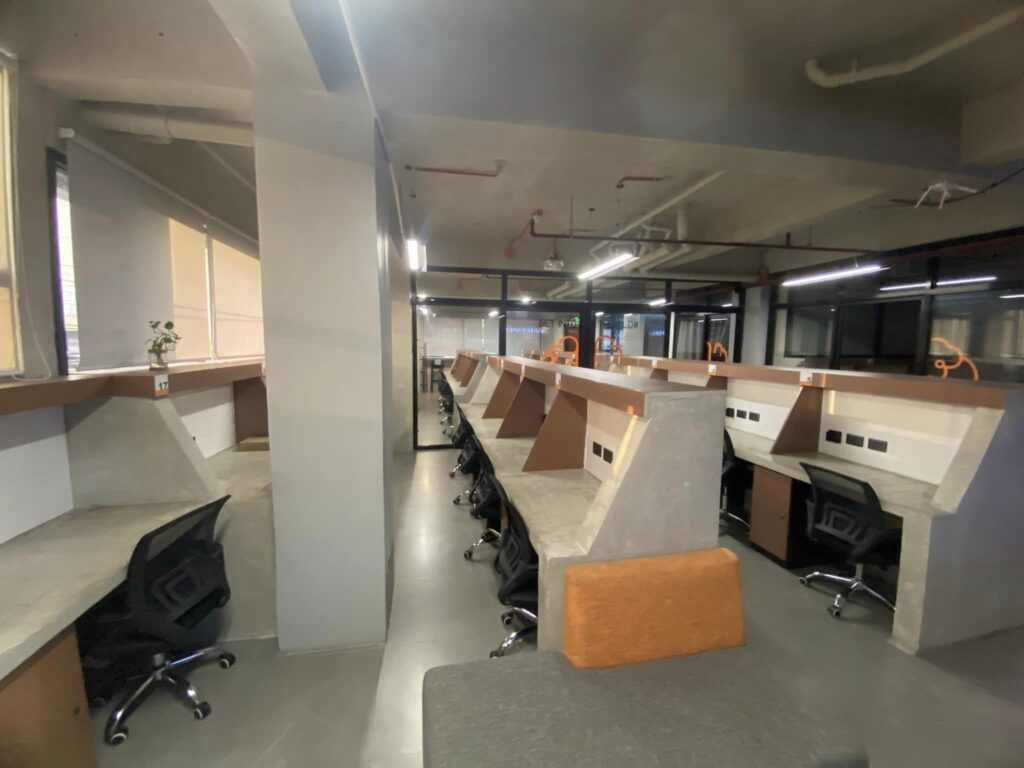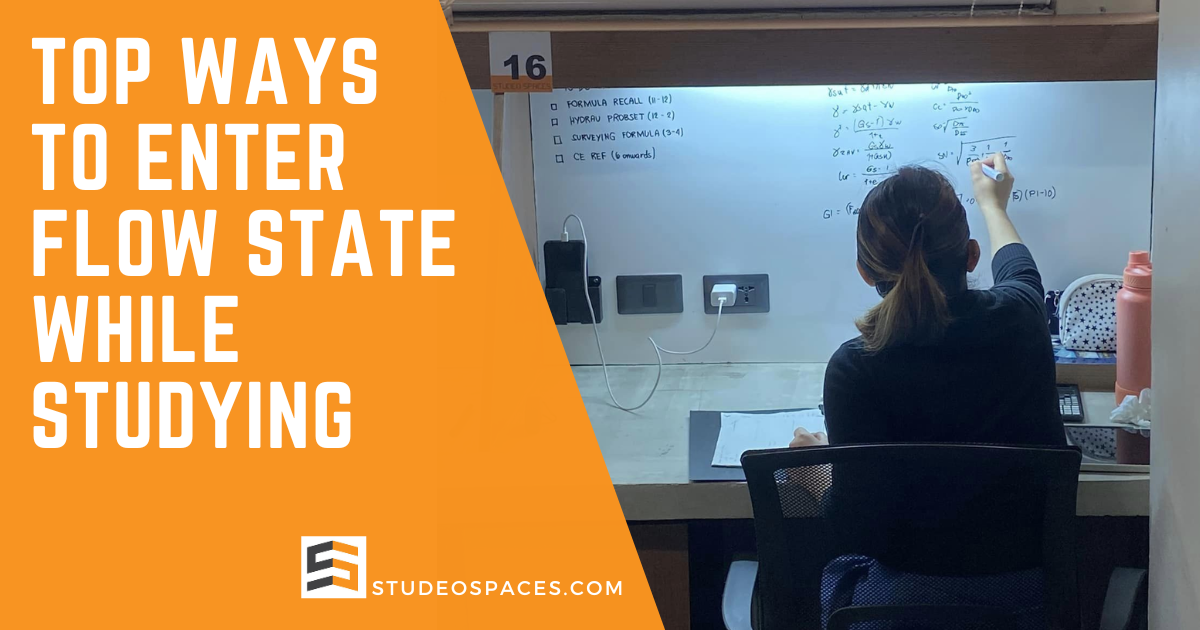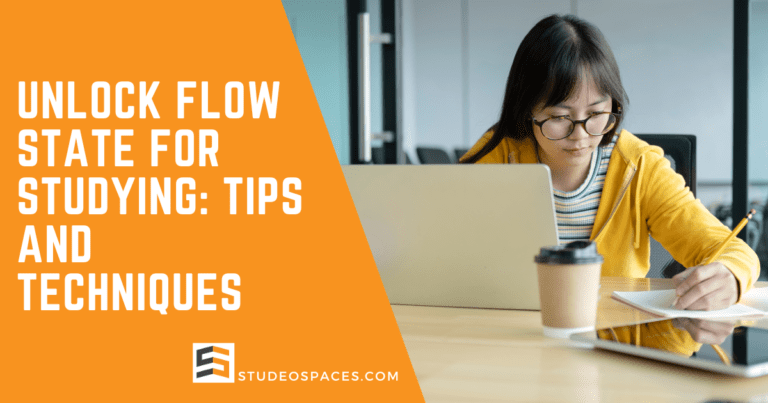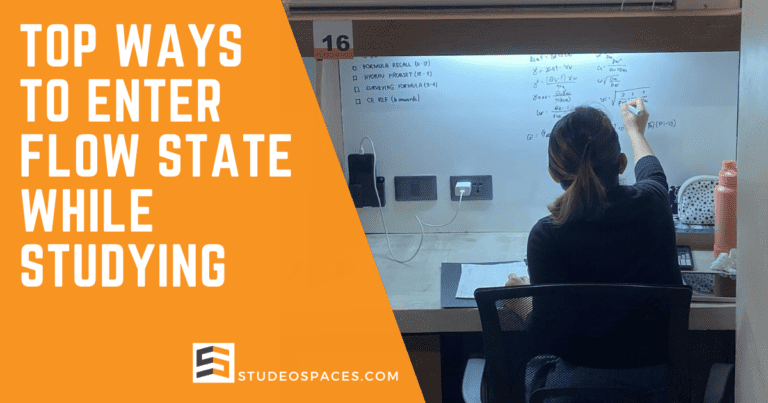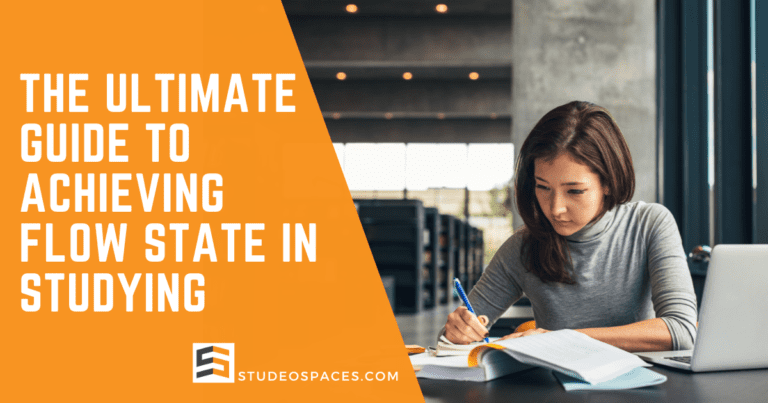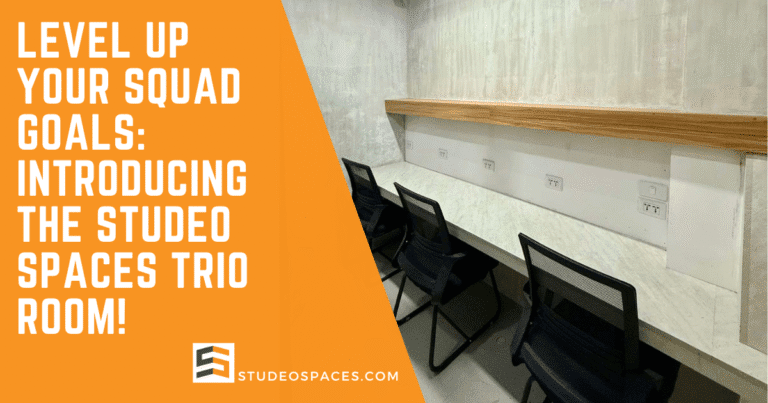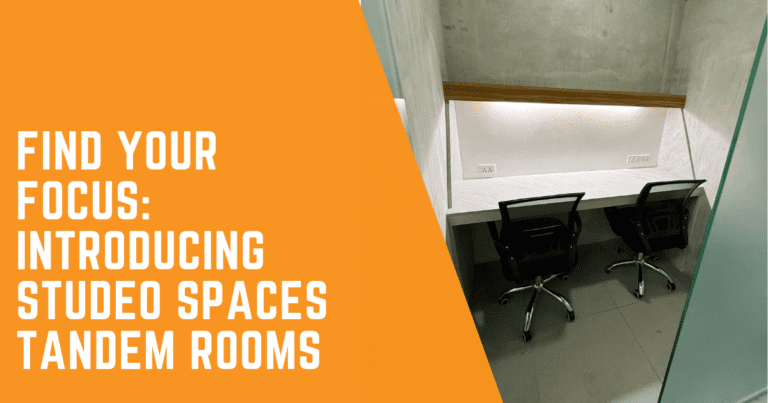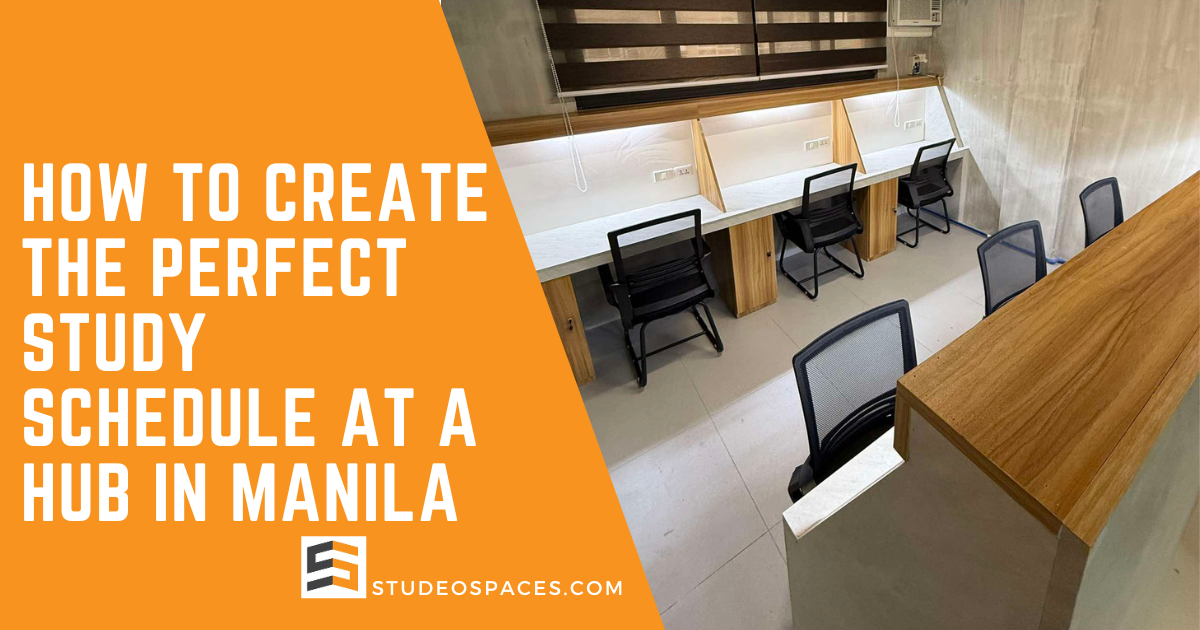
Creating an effective study schedule at a hub in Manila requires strategic planning and an environment conducive to focus and productivity. At Studeo Spaces Study Hub in Sampaloc, individuals can experience an optimal atmosphere explicitly designed to enhance concentration and aid in achieving their academic and professional goals. By utilizing the unique features of this premier study destination, students and professionals can organize their time effectively, prioritize their tasks, and dive deep into a state of flow—uninterrupted and hyper-productive work.
Studeo Spaces Study Hub stands out for its unwavering commitment to fostering an environment where distractions are minimized and productivity is maximized, ultimately leading to better performance in tests and examinations. With accessible hours and a location designed to serve as a haven for focused study, Studeo Spaces Study Hub is the ideal choice for those striving to unlock their full potential. How To Create The Perfect Study Schedule At A Hub In Manila
Have you ever struggled to balance your study schedule, especially in a bustling city like Manila? Indeed, devising a structured and efficient study plan is paramount to success, yet it can be daunting for many students and professionals. This article will walk you through creating the perfect study schedule at a study hub in Manila, optimizing your time, and enhancing your productivity.
Choosing the Right Study Hub
Strategic Location
The location of your study hub is crucial for convenience and focus. Ideally, the hub should be easily accessible through various modes of transportation. A location near your home or university will save time and reduce stress. For students in Manila, hubs around key educational institutions provide a strategic advantage.
Facilities and Infrastructure
Modern study hubs provide more than just a desk and chair. Look for facilities that offer high-speed internet, comfortable seating, adequate lighting, and other amenities such as cafés or lounges. These features collectively contribute to a conducive study environment.
Ambiance and Environment
The ambiance of a study hub can significantly impact your concentration and motivation. A quiet, clean, and organized space fosters concentration and minimizes distractions, allowing you to immerse fully in your study tasks.
Study Schedule: Setting Clear Goals and Objectives

Long-term Goals
Before crafting a study schedule, it is essential to outline your long-term academic or professional objectives. These could range from excelling in an upcoming exam to mastering a specific skill or completing a project. Clear long-term goals provide a roadmap and motivate you to persist through challenges.
Short-term Objectives
Breaking down your long-term goals into manageable short-term objectives can make your study plan more achievable. Weekly and daily targets offer immediate milestones that guide your daily activities and help maintain motivation.
Study Schedule: Time Management Techniques
The Pomodoro Technique
One of the most effective time management strategies is the Pomodoro Technique. It involves studying for 25 minutes, followed by a 5-minute break. After four cycles, take a more extended break of 15-30 minutes. This technique encourages sustained concentration and regular breaks, reducing burnout.
Time Blocking
Time blocking is another valuable strategy for dedicating specific time slots for different tasks. This method aids in avoiding multitasking, ensuring focused and efficient use of time. Allocate blocks for studying, revising, and taking breaks.
Prioritizing Tasks
Always prioritize tasks based on their urgency and importance. Use the Eisenhower Matrix to categorize tasks into four quadrants: important and urgent, important but not urgent, urgent but not necessary, and neither urgent nor essential. This helps manage time effectively and focus on high-impact activities.
Crafting Your Study Schedule
Assessing Your Current Commitments
Begin by evaluating your current commitments, such as classes, work, and personal obligations. Understanding your existing schedule helps identify available study slots and avoid over-scheduling, which can lead to stress and burnout.
Creating a Weekly Template
Develop a weekly template to visualize your study schedule. A template provides structure and ensures consistency. While creating this template, include regular study sessions, revision times, and breaks.
| Time | Monday | Tuesday | Wednesday | Thursday | Friday | Saturday | Sunday |
|---|---|---|---|---|---|---|---|
| 8:00 – 10:00 | Morning Study | Morning Study | Morning Study | Morning Study | Morning Study | Morning Review | Rest/Review |
| 10:00 – 12:00 | Class/Lecture | Study Session | Task/Project | Study Session | Task/Project | Study Session | Task/Project |
| 12:00 – 1:00 | Break/Lunch | Break/Lunch | Break/Lunch | Break/Lunch | Break/Lunch | Break/Lunch | Break/Lunch |
| 1:00 – 3:00 | Study Session | Class/Lecture | Study Session | Study Session | Class/Lecture | Study Session | Study Session |
| 3:00 – 5:00 | Task/Project | Task/Project | Task/Project | Class/Lecture | Task/Project | Task/Project | Task/Project |
| 5:00 – 7:00 | Break/Dinner | Break/Dinner | Break/Dinner | Break/Dinner | Break/Dinner | Exercise/Leisure | Break/Dinner |
| 7:00 – 9:00 | Evening Study | Evening Study | Evening Study | Evening Study | Evening Study | Evening Study | Evening Study |
| 9:00 – 10:00 | Leisure | Leisure | Leisure | Leisure | Leisure | Leisure | Leisure |
Study Schedule: Flexibility and Adjustments
While a rigid schedule provides structure, it is essential to remain flexible. Life’s uncertainties often demand spontaneous adjustments to your plan. Therefore, build some buffer time to accommodate unforeseen events or tasks.
Incorporating Effective Study Methods
Active Learning
Engage in active learning techniques, including summarization, questioning, and teaching others. Active learning promotes deeper understanding and retention compared to passive reading or listening.
Spaced Repetition
Spaced repetition involves reviewing information at increasing intervals to enhance long-term retention. Tools like Anki or Quizlet can help implement spaced repetition effectively.
Visualization and Mind Mapping
These techniques involve creating visual representations of the material. Mind maps and diagrams can simplify complex concepts, making them easier to remember and understand.
Study Schedule: Monitoring and Evaluating Your Progress
Regular Self-Assessment
Regularly assess your progress toward your short-term and long-term goals. Self-assessment helps identify areas for improvement and adjust your study techniques and schedule accordingly.
Seeking Feedback
Solicit feedback from peers, mentors, or tutors. Constructive feedback provides insights into your performance and areas that require more focused effort.
Study Schedule: Balancing Study and Personal Life
Importance of Breaks
Incorporate regular breaks into your study schedule to avoid burnout. Breaks help maintain mental and physical well-being, ensuring sustained productivity.
Pursuing Hobbies and Interests
Engage in activities outside of studying to maintain a balanced life. Pursuing hobbies and interests rejuvenates your mind and body, enhancing overall well-being and productivity.
Leveraging Technology
Study Apps
Utilize study and productivity apps such as Evernote, Trello, or Notion to organize your tasks, track progress, and set reminders. These apps can streamline your study process and enhance efficiency.
Online Resources
Take advantage of online resources, including tutorials, lectures, and articles. Platforms like Coursera, Khan Academy, and LinkedIn Learning offer valuable educational content that can complement your studies.
Connecting with Like-Minded Individuals
Study Groups
Joining or forming study groups can provide mutual support, different perspectives, and collaborative learning opportunities. Sharing knowledge and discussing concepts with peers enriches the learning experience.
Networking Opportunities
Study hubs often provide networking opportunities with like-minded individuals and professionals. Networking can lead to valuable relationships, knowledge exchange, and potential career opportunities.
Enhancing Concentration and Focus
Creating a Distraction-Free Environment
Eliminate potential distractions to maintain focus. This includes turning off notifications, setting boundaries with roommates or family members, and choosing a quiet study spot within the study hub.
Practicing Mindfulness and Meditation
Incorporate mindfulness practices and meditation into your routine to improve concentration and reduce stress. Simple breathing exercises and mindfulness techniques can significantly enhance your focus and productivity.
Study Schedule: Maintaining Physical and Mental Health
Regular Exercise
Incorporate regular physical activity into your daily routine. Exercise boosts cognitive function, reduces stress, and improves overall health, contributing to better study performance.
Healthy Eating
Maintain a balanced and nutritious diet to keep your mind and body in optimal condition. Avoid excessive caffeine and sugar, as they can lead to energy crashes and impair concentration.
Adequate Sleep
Ensure you get adequate sleep each night, as sleep deprivation can severely impact cognitive function, memory, and overall health. Aim for 7-9 hours of quality sleep per night.
Study Schedule: Planning for Peak Performance
Understanding Your Peak Hours
Identify your peak productivity hours and plan your most demanding tasks. Some individuals are more productive in the morning, while others may find the evening the best time to study.
Using Performance Data
Track your study habits and productivity using diaries or digital tools. Analyzing performance data helps understand what strategies work best and where improvements are needed.
Studeo Spaces Study Hub: The Ideal Environment for Your Studies
At Studeo Spaces Study Hub, located in Sampaloc, Manila, the emphasis is on creating an environment that cultivates hyper-productivity and focus, known as the “Flow State.” The carefully designed spaces aim to minimize distractions, enhance concentration, and empower individuals to achieve their fullest potential.
Features of Studeo Spaces Study Hub
- Optimal Study Environment: The hub provides a serene, organized, and quiet space, ideal for immersing oneself in study sessions without distractions.
- Supportive Facilities: Equipped with high-speed internet, comfortable furniture, and essential amenities, Studeo Spaces ensures a productive study experience.
- Flexible Access: Open every day from 8:00 AM to 3:00 AM, the hub accommodates different schedules and allows for frequent entry and exit without restrictions.
- Strategic Location: Conveniently situated at the corner of Dapitan and Dela Fuente Streets, accommodation for easy access via various transport modes enhances convenience.
Achieving the Flow State
Studeo Spaces is committed to helping students and professionals get into the Flow State, a state of intense focus where productivity peaks. This environment is meticulously designed to eliminate distractions and provide everything necessary to help individuals dive deeply into their studies or work.
Commitment to Your Success
With a mission to support peak performance, Studeo Spaces Study Hub stands out from traditional co-working spaces by focusing specifically on the needs of those dedicated to academic and professional excellence. The hub’s “Get Into the Flow” tagline encapsulates this commitment, providing an ideal setting for preparing for exams or enhancing professional performance.
Accessibility and Convenience
Operating seven days a week, including weekends, holidays, and during inclement weather, Studeo Spaces Study Hub is always available when you need it most. This unwavering accessibility ensures that you can maintain a consistent study routine without interruptions.
Study Schedule: Conclusion
Creating the perfect study schedule in Manila starts with choosing the right study hub, setting clear goals, and employing effective time management techniques. Individuals can achieve optimal productivity by incorporating active learning, regular self-assessment, and balancing study with personal life. Leveraging the conducive environment of Studeo Spaces Study Hub further enhances the ability to reach the Flow State, streamline studies, and achieve academic and professional objectives. Embrace these strategies and witness a remarkable improvement in your study efficiency and overall performance.
Frequently Asked Questions About Study Schedule
What key factors should I consider when choosing a study hub in a bustling city like Manila?
When choosing a study hub, prioritize a strategic location that is easily accessible via various transportation options and close to your home or university to minimize travel time and stress. Look for hubs offering essential facilities like high-speed internet, comfortable seating, and adequate lighting. The ambiance is crucial, so choose a quiet, clean, and organized space to minimize distractions and enhance focus.
How can setting clear goals help me create an effective study schedule at a hub?
Setting clear long-term goals, like excelling in an upcoming exam or completing a project, provides a roadmap and motivates you to stay consistent with your studies. Breaking these into manageable short-term objectives, like weekly or daily targets, creates immediate milestones that guide daily activities and maintain focus. This approach turns large goals into achievable steps.
What time management techniques are most effective for optimizing study time?
Two highly effective time management strategies are the Pomodoro Technique, which involves studying for 25 minutes followed by a 5-minute break (with longer breaks after four cycles), and time blocking, where specific time slots are dedicated to different tasks. Also, prioritizing tasks based on urgency and importance using tools like the Eisenhower Matrix helps you concentrate on high-impact activities.
How should I balance my study schedule with my other commitments and personal life?
Begin by assessing your current commitments, including classes, work, and personal obligations, to identify available study slots without over-scheduling. Create a weekly template with regular study sessions, revision time, and breaks. It’s also vital to be flexible and incorporate buffer time for unforeseen events. Regularly take breaks and pursue hobbies to avoid burnout and enhance overall well-being.
What are some effective study methods I should incorporate into my routine?
Incorporate active learning techniques such as summarizing, questioning, and teaching others to deepen your understanding of the material. Utilize spaced repetition to enhance long-term retention. Mind mapping and visualization can simplify complex concepts and improve memorization. All these practices lead to a more engaging and efficient study experience.
How can a study hub like Studeo Spaces in Manila support my learning and productivity?
Studeo Spaces Study Hub stands out for its commitment to creating a hyper-productive environment aimed at helping individuals reach a state of “Flow,” where concentration and productivity are maximized. They minimize distractions with a serene, organized space and offer essential amenities such as high-speed internet and comfortable furniture. Their flexible access allows studying every day from 8:00 AM to 3:00 AM, including weekends and holidays, with easy entry and exit. Located at the corner of Dapitan and Dela Fuente Streets, it has easy accessibility.
Besides a good location and facilities, what else should I do to enhance focus and concentration while studying in a hub?
To enhance concentration, eliminate potential distractions by turning off notifications, establishing boundaries with others, and choosing a quiet study spot. Practicing mindfulness and meditation can improve your ability to focus and reduce stress. Regular exercise, a balanced diet, and adequate sleep are essential for maintaining physical and mental health, which significantly affects your ability to concentrate.
How can technology and networking support my studies within a study hub setting?
Utilize study and productivity apps to organize tasks, track progress, and set reminders. Take advantage of online resources to complement your studies. Joining study groups provides mutual support, diverse viewpoints, and collaborative learning opportunities. Networking with like-minded individuals and professionals at the study hub can lead to valuable relationships and career opportunities.
Glossary of Key Terms About Study Schedule
- Active Learning: An approach to studying that involves actively engaging with the material, such as summarizing, questioning, and teaching, rather than passively reading or listening.
- Eisenhower Matrix: A time management tool that categorizes tasks based on urgency and importance into four quadrants: important and urgent, important but not urgent, urgent but not necessary, and neither urgent nor essential.
- Flow State: A state of deep concentration and immersion in an activity characterized by focused attention and high productivity.
- Mind Mapping: A visual technique for organizing information by creating a central topic and branching out with related concepts and ideas.
- Passive Learning: A study method that involves simply reading, listening, or watching without actively engaging with the material.
- Pomodoro Technique: A time management method that involves working in focused intervals (typically 25 minutes) followed by short breaks, with longer breaks after several cycles.
- Spaced Repetition: A learning technique that involves reviewing information at increasing intervals to enhance long-term memory and retention.
- Time Blocking: A time management strategy involving dedicating specific time slots for different tasks or activities to ensure focused and efficient usage.
- Study Hub: A physical location that facilitates focused study and learning, often equipped with high-speed internet, comfortable seating, and a quiet atmosphere.
- Studeo Spaces Study Hub: A specific study hub in Sampaloc, Manila, emphasizes creating an environment conducive to hyper-productivity and the “Flow State.”
Studeo Spaces Quick Links
- Book a Desk / Room
- Location
- Rates
- Features and Amenities
- Business Hours
- Private Rooms
- Latest News
Stay Connected
- Facebook: https://www.facebook.com/StudeoSpaces
- Tiktok: https://www.tiktok.com/@studeospaces
- Youtube: https://www.youtube.com/@StudeoSpaces
